Prevent burn injuries in young children

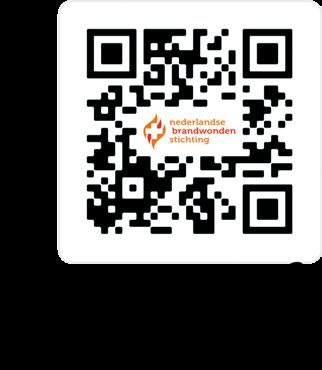



Is the victim on fire?
Roll him/her on the floor
Put out the fire using a fire blanket or coat.
Cover the child from the neck first and then down to the legs.
This prevents the flames from being wafted into the face.
Cool the wound for 10 minutes using lukewarm, gently flowing tap water.
Cool the wound immediately. It is beneficial to cool a burn injury even up to 1 hour after the injury is sustained.
Cooling helps combat the pain and takes the heat out of the injured flesh, so that the burn does not worsen.
No faucet or shower nearby?
Any water is better than none.
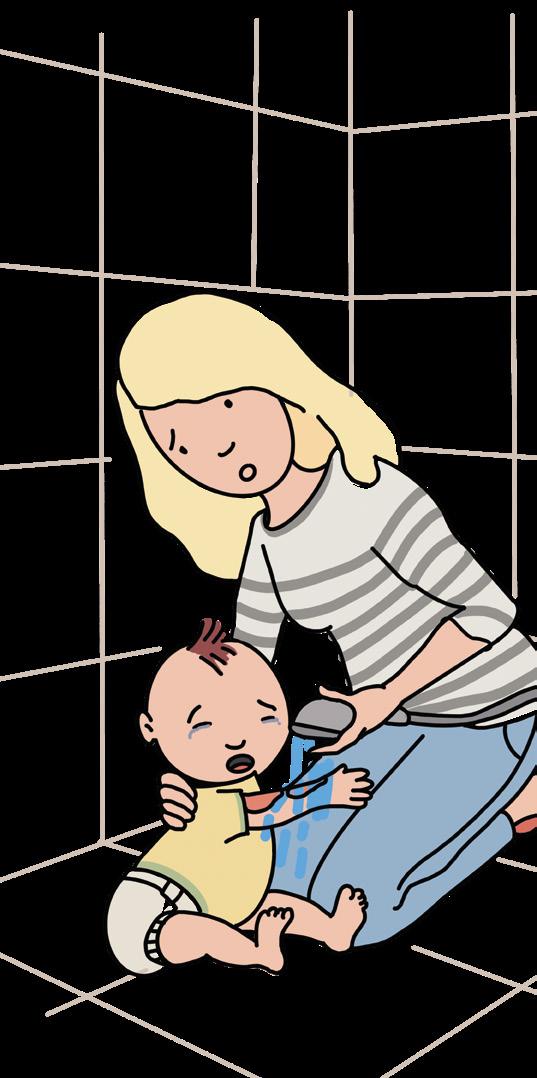
with clingfilm 4. Do not put any products on the wound. 5. Keep the victim warm. 6. Call a doctor. 7. Transport the victim in an upright position.
Remove the clothing, any jewellery and their nappy as soon as possible.
Always remove the child’s nappy. A nappy will absorb and retain hot liquid. Remove it to prevent further burn injury.
Remove all clothing so that you can clearly see where the burn is located, and are able to provide targeted cooling.
First aid for burn injuries
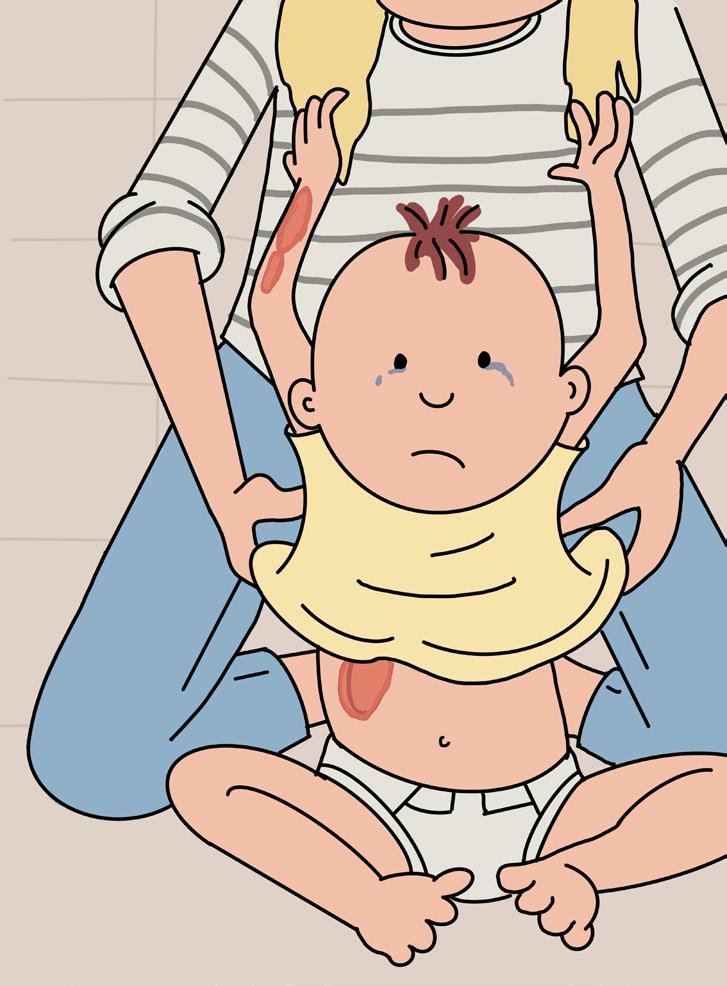
1. Cool the wound using lukewarm water and remove clothing, any jewellery and their nappy. 2. Only cool the wound. 3. Cover the wound
Cool only the wound, using lukewarm, gently flowing tap water. This way, you can prevent hypothermia.
Adjust the water temperature based on what feels good for the victim.
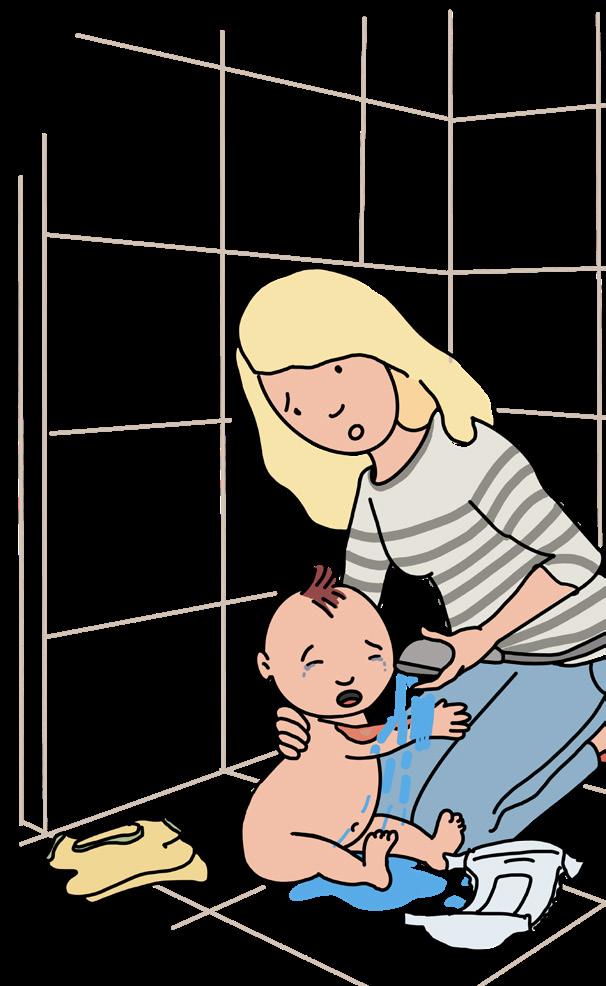
with clingfilm 4. Do not put any products on the wound. 5. Keep the victim warm. 6. Call a doctor. 7. Transport the victim in an upright position.
Cover the wound with clingfilm, a sterile bandage or a clean cloth.
Cover the wound so that it stays clean.
Covering the wound will also help combat the pain.
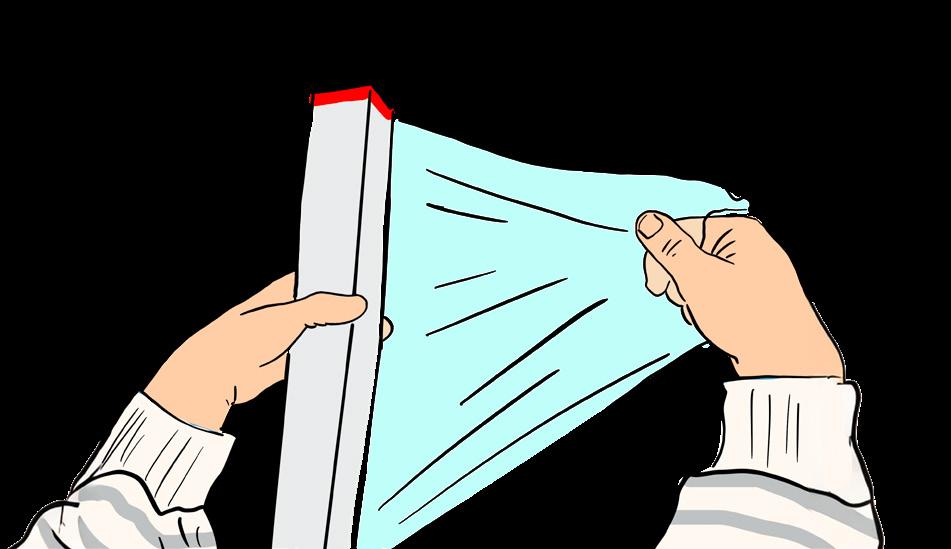
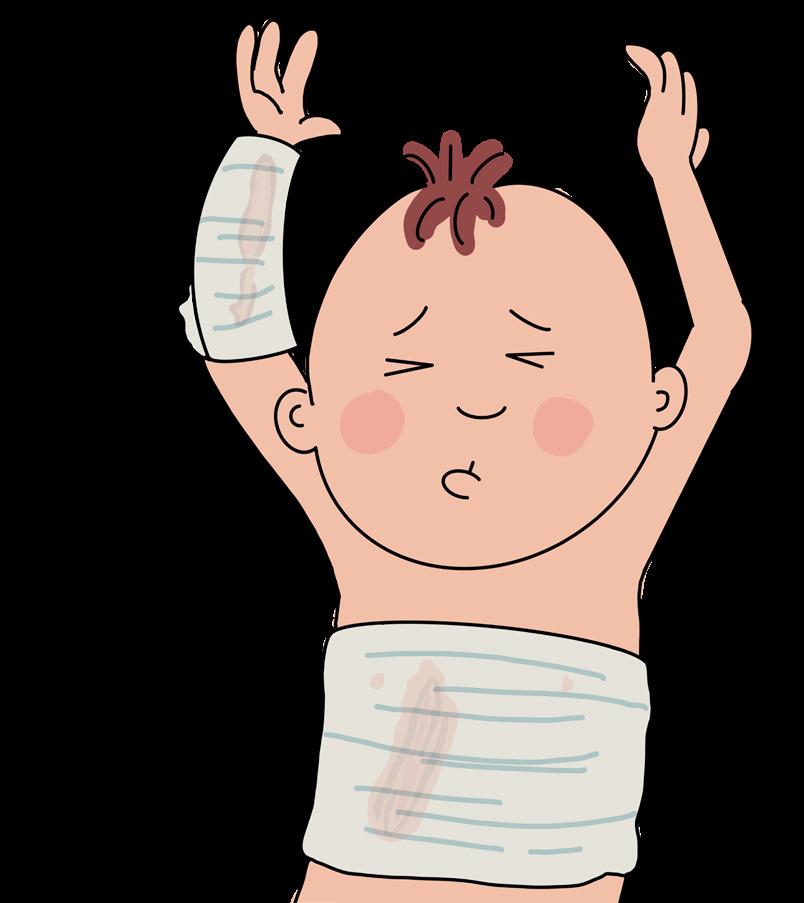
Do
Creams, ointments, balms, toothpaste and other such products will worsen the injury. Also refrain from using betadine or iodine.
Putting product on the wound prevents the doctor from getting a clear look at it, and thus from treating the wound effectively.
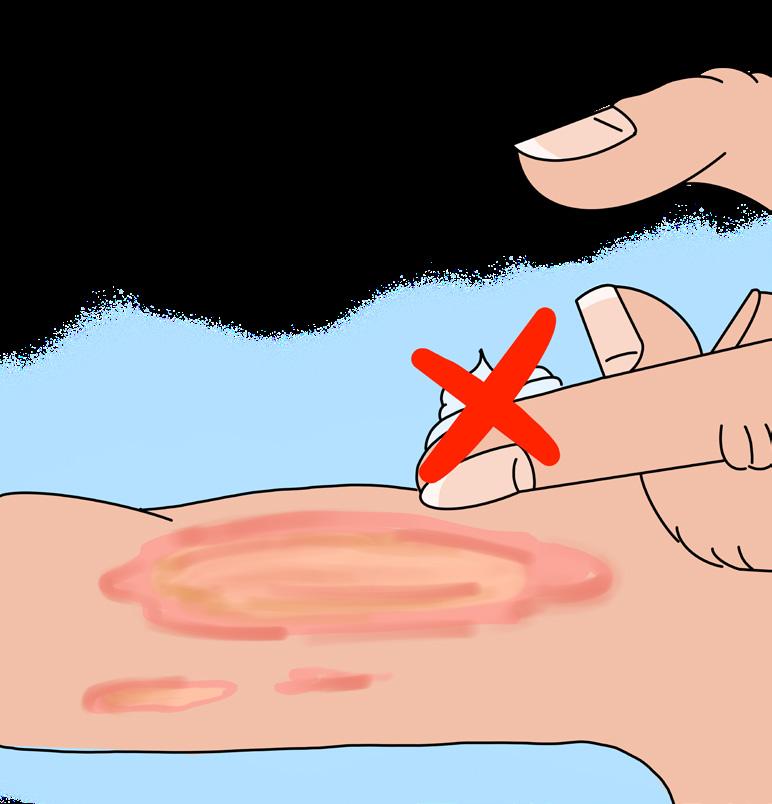
Burn victims have difficulty retaining body heat. Make sure to wrap the victim in a blanket so that they do not develop hypothermia.
First aid for burn injuries
1. Cool the wound using lukewarm water and remove clothing, any jewellery and their nappy. 2. Only cool the wound. 3. Cover the wound
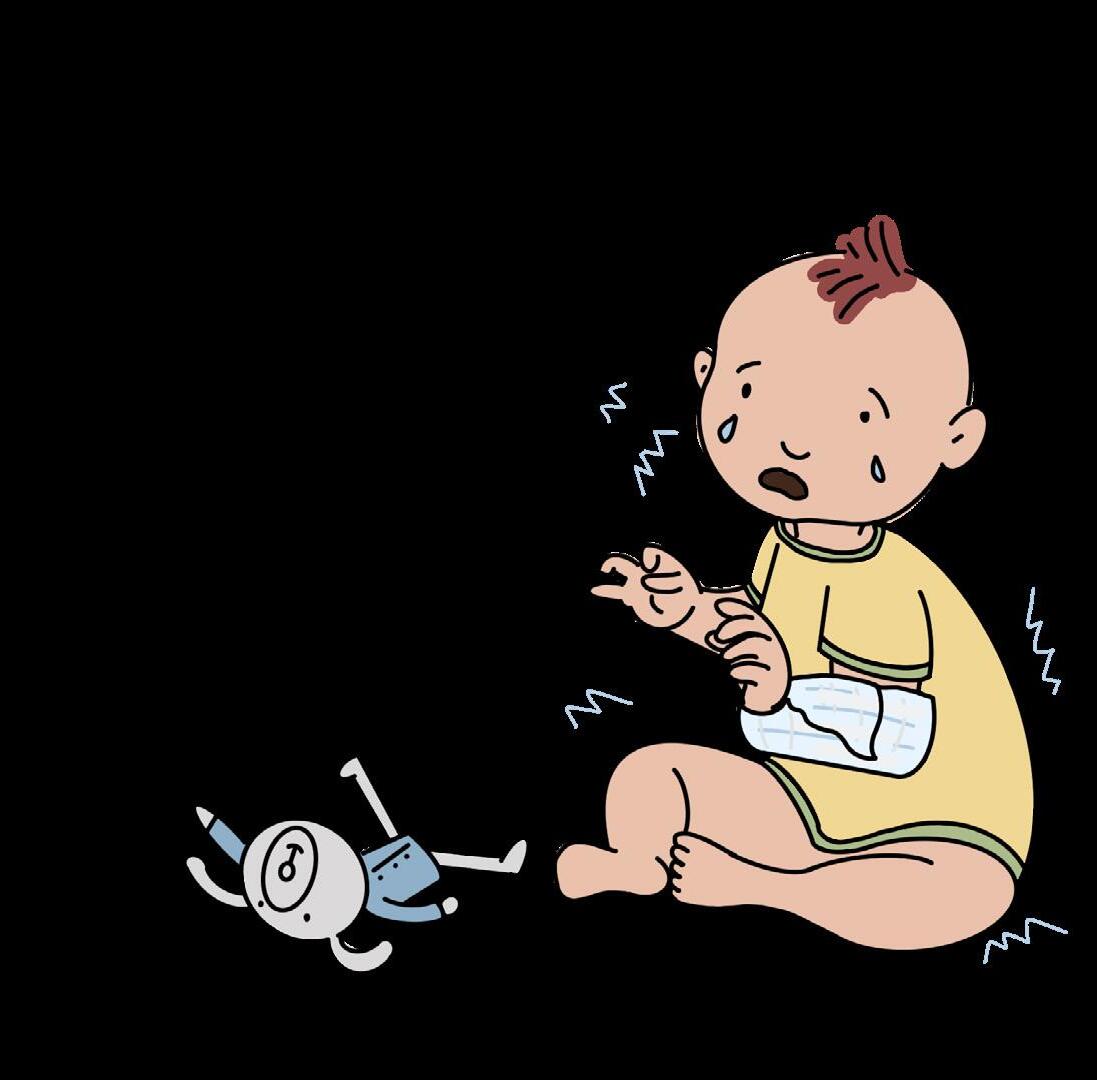

Notify a doctor in the event that blisters occur, if there is an open wound,
or if the wound was caused by an electrical device or chemical substance.
Burn injuries can be more severe than they appear. When in doubt, always notify a doctor!
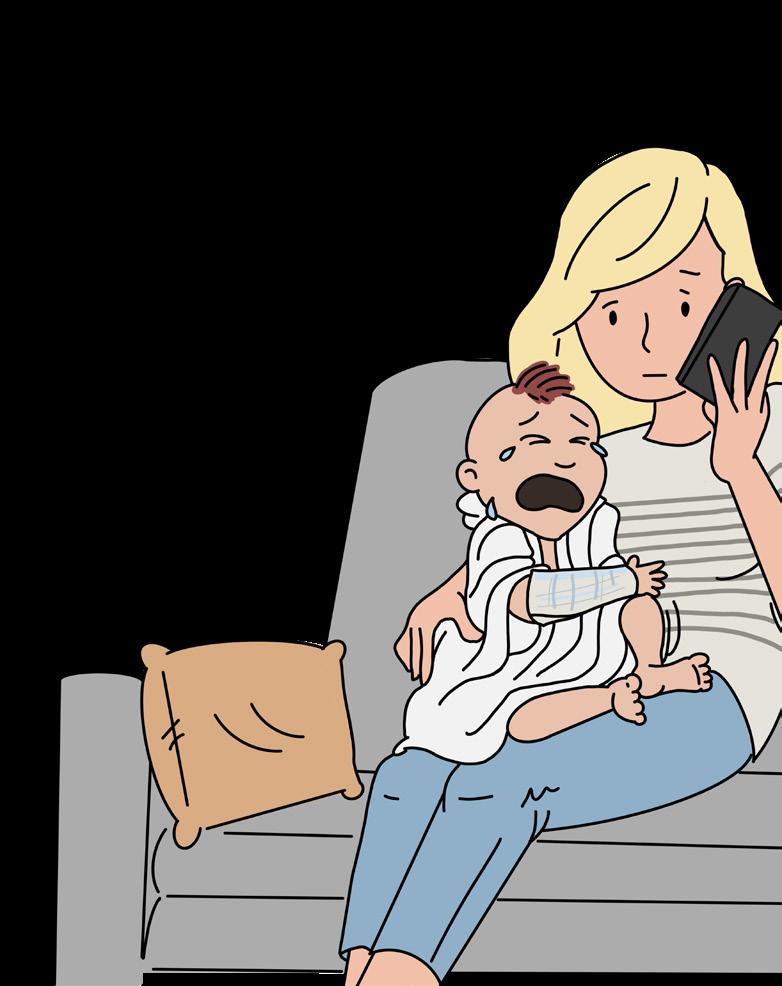
If possible, transport the victim in an upright position.
Burn injuries can cause swelling in the throat. As such, it is safer to transport the victim in an upright position.
Make sure someone is sitting next to the victim during transport.

Fire in your home is something no one likes to think about –and yet, we want to ask you to think about it for a moment

STEP 1: Stay calm
STEP 2: Warn everyone you live with
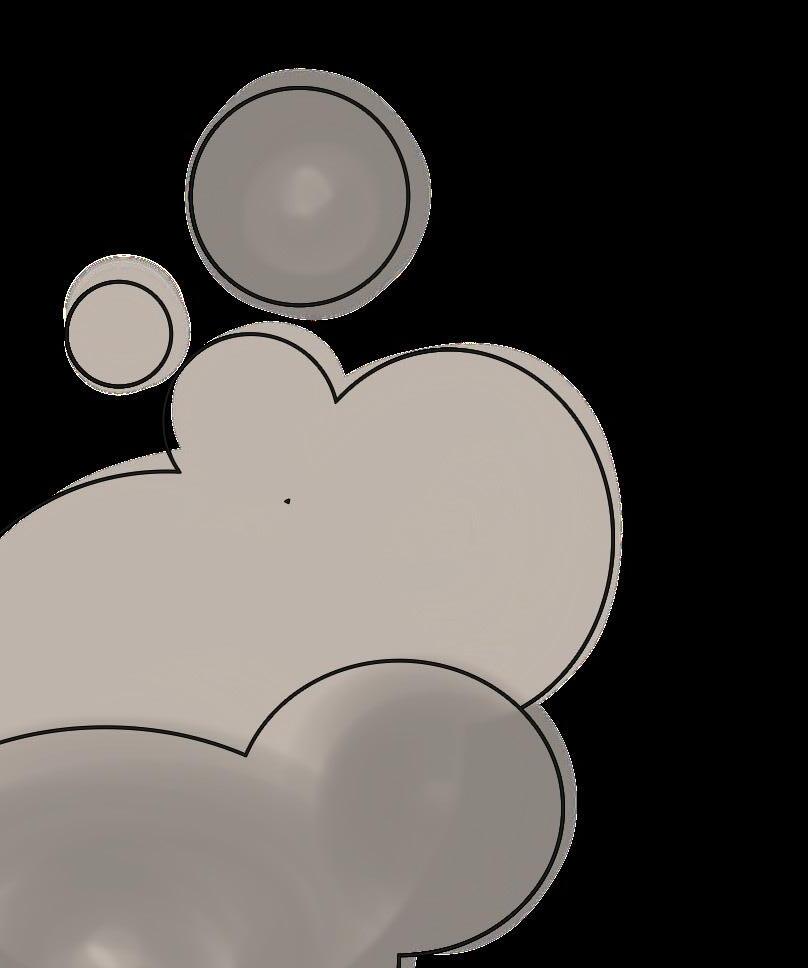
STEP 3: Leave the house via the agreed-up on route
STEP 4: Make sure to close every door behind you
STEP 5: Meet up at a previously agreed upon spot
STEP 6: Call 112
At the very least, make sure there is a smoke alarm on every floor of your house. There should be one along your emergency route out of the home, and ideally, one in each room as well.
Go to rookmelders.nl to see how many smoke alarms
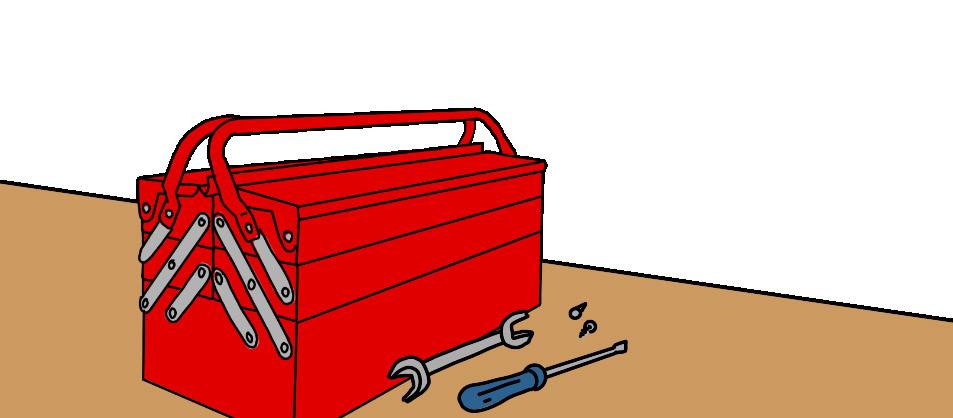
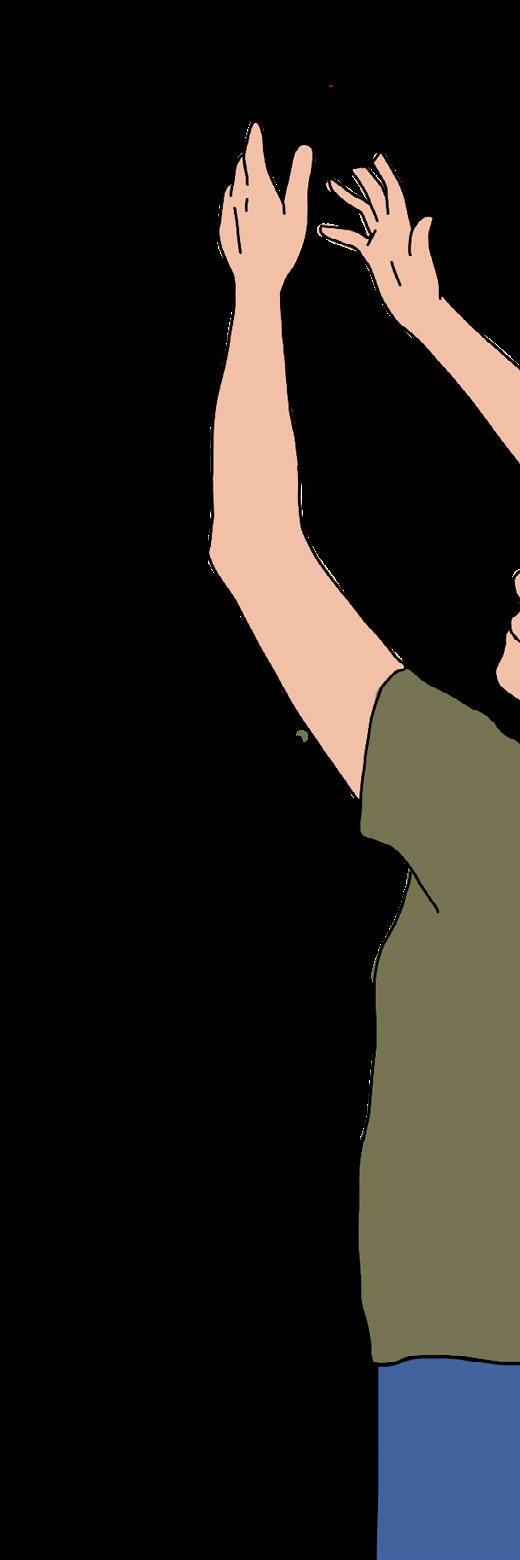


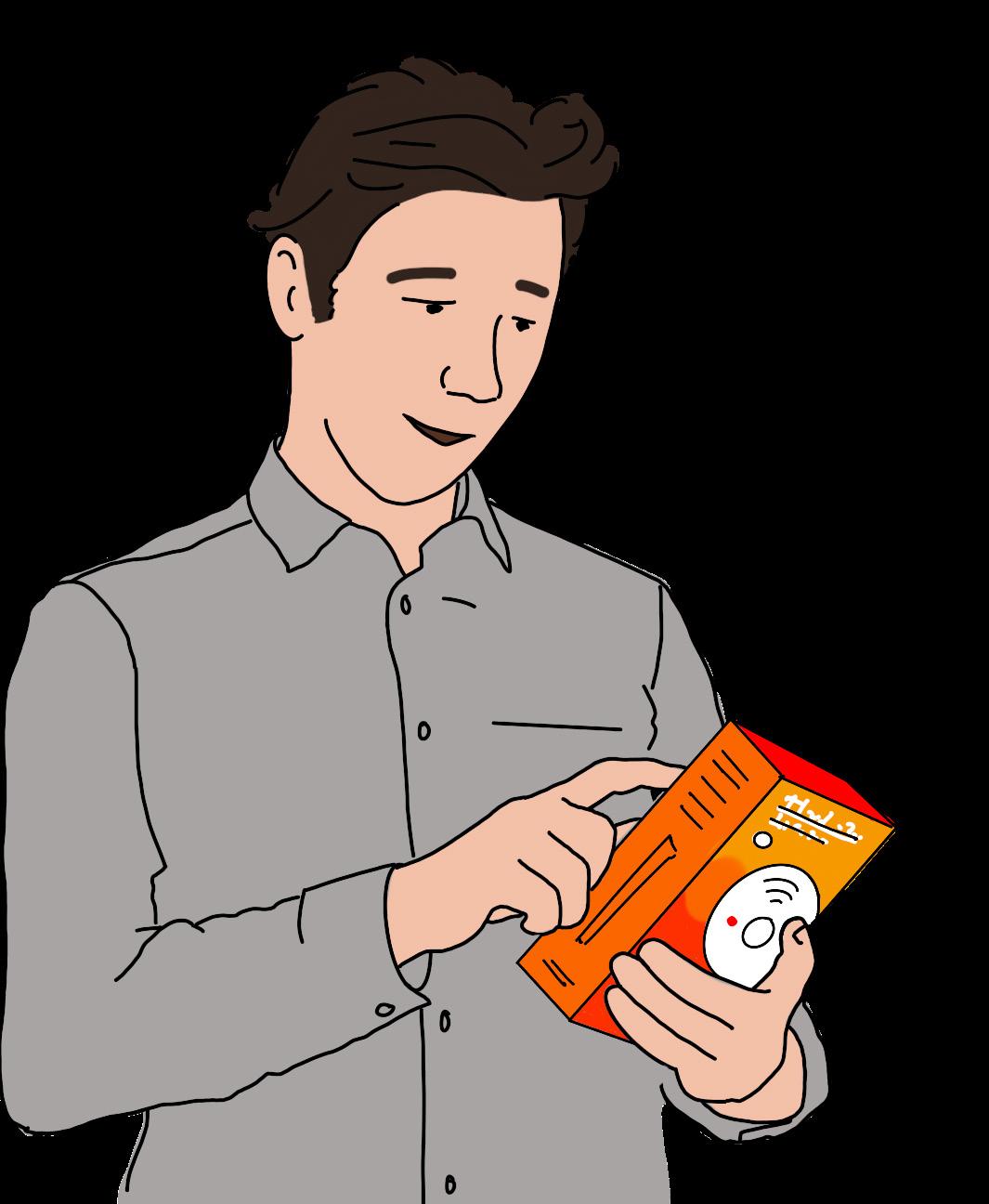

A fire inside will spread incredibly fast. Often, it takes mere minutes for thick clouds of toxic smoke to permeate the entire home. Make a habit of closing interior doors before you go to sleep; this greatly improves your family’s chances of survival in the event of a fire. It will give you more time to get yourself and your children to safety.
Make sure there are audible smoke alarms as well, to warn you in a timely fashion in the event of a fire.
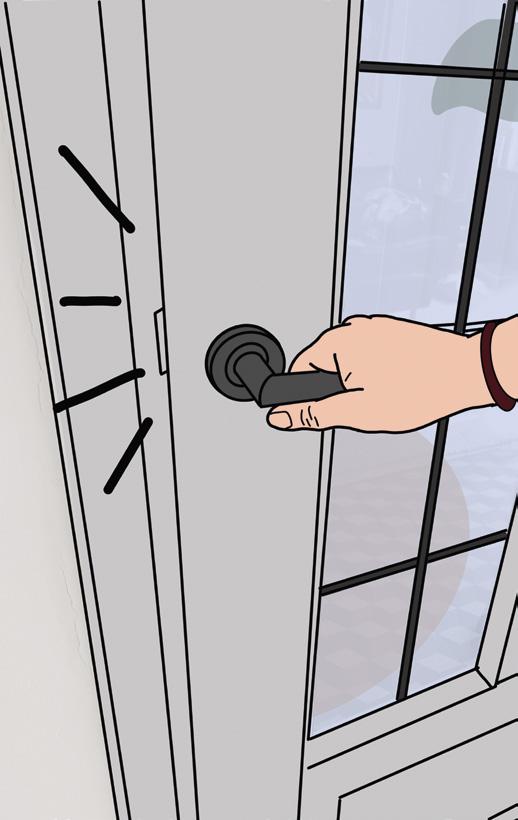
TIP!
Install linkable smoke alarms, so that the alarm will go off throughout the entire house, regardless of where the fire is located.
When you are asleep, you do not perceive scents, but you do still perceive auditory signals. You will not automatically wake up if a fire breaks out at night! To wake your family in the event of a fire, make sure you install smoke alarms throughout the home. This is the only way for you to be warned of a fire in time.
TIP! Also install smoke alarms in your children’s rooms.
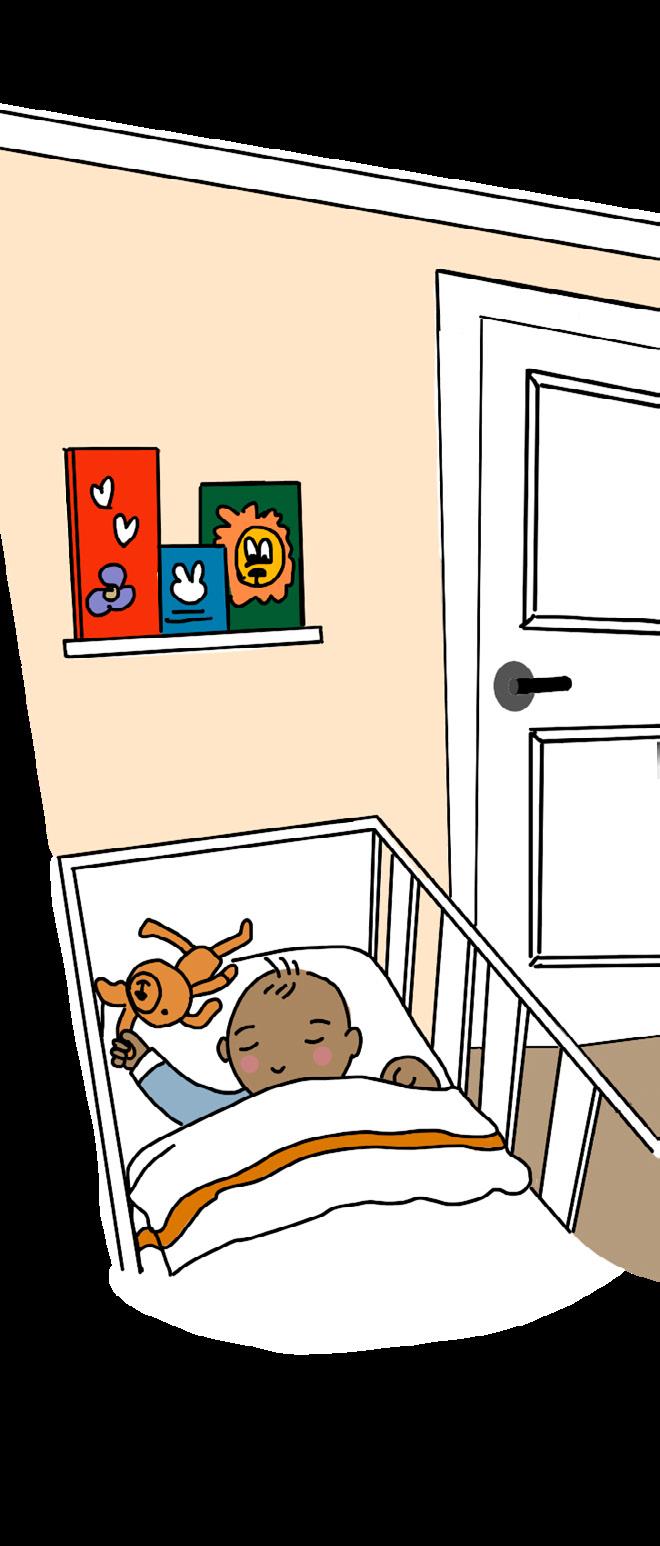

In the event of danger, children’s instinct is usually to hide. This also goes for fire.
Agree beforehand which adult inhabitants are in charge of getting which children to safety.
TIP! Know what to do in the event of a fire; practice your evacuation plan.
Fire is exciting and interesting to children, and they have a tendency to want to touch it.
Before you know it, your child will have leant against the burning hot cover.
Oven doors can also get very hot.
TIP! Prevent contact burns; keep children at a distance.
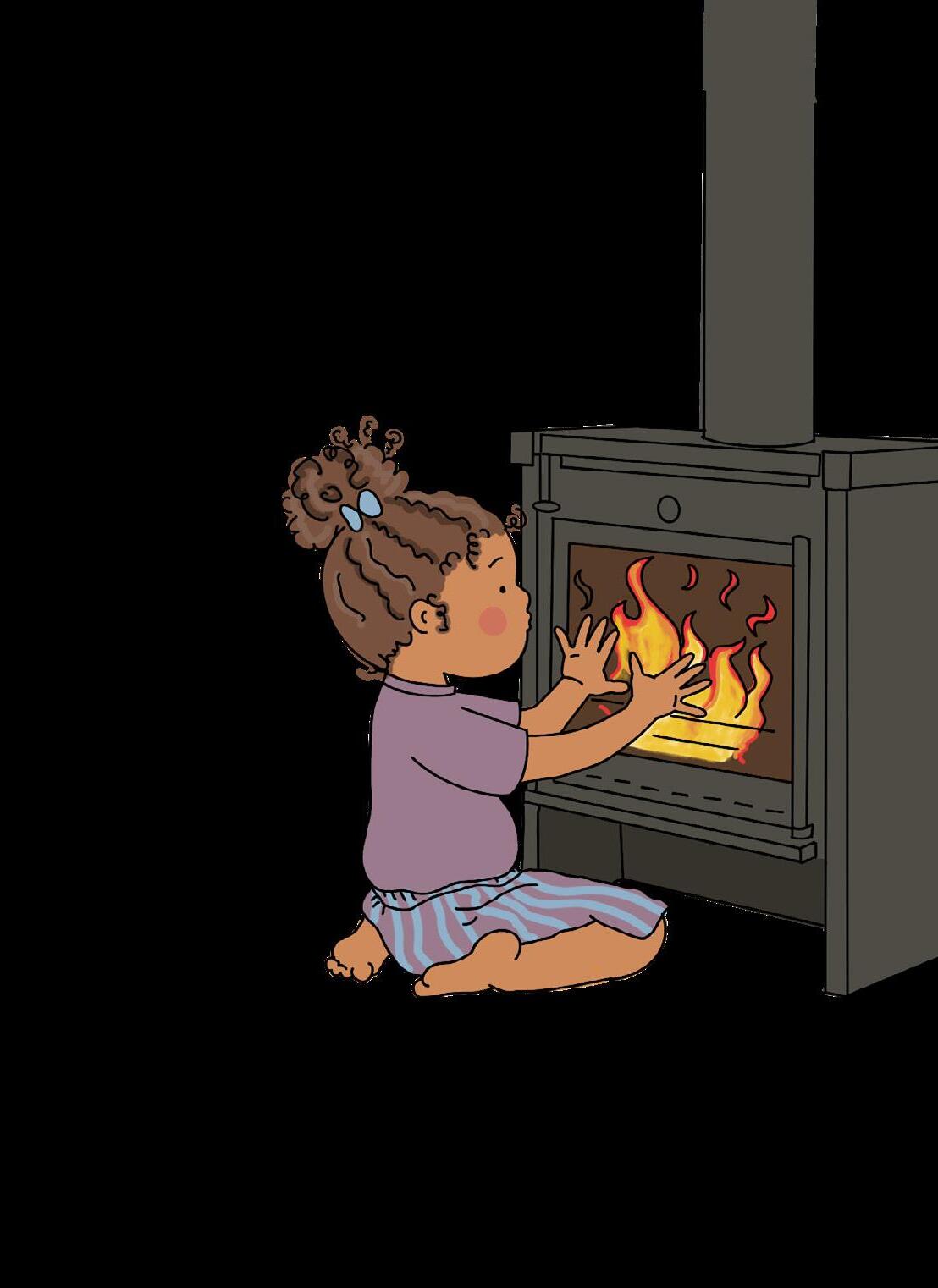
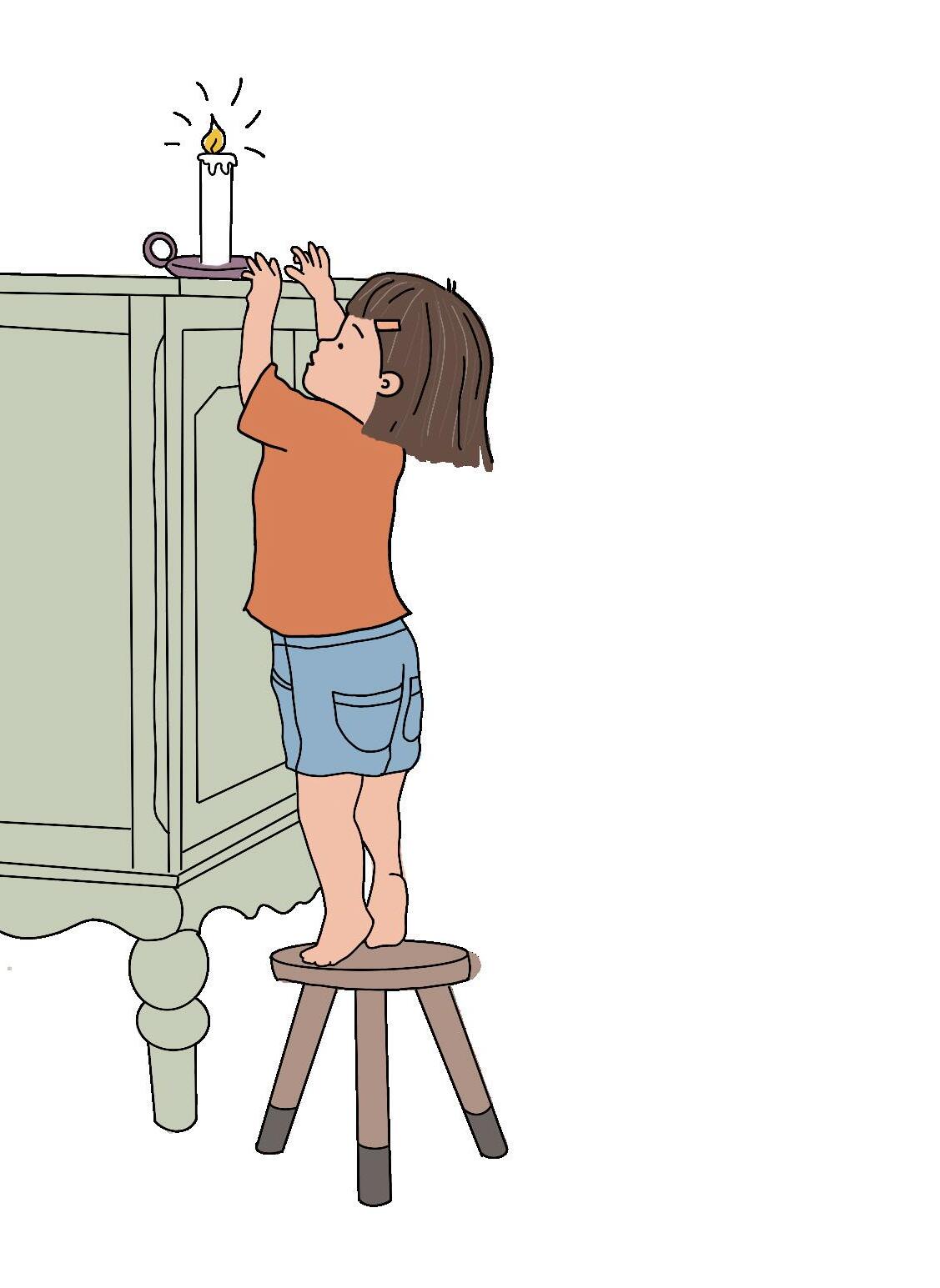
A candle, the fireplace, a torch in the garden… All of these create a pleasant atmosphere in the home. However, children will find the flickering lights interesting, and are unable to assess the danger. Never leave children unattended with burning candles.
TIP! Make sure matches and lighters are out of children’s reach.
A pan on the stove, a deepfryer, the gas left on… It takes but a moment of inattention for an accident to occur. The kitchen is not a safe place for young children; keep them out of the kitchen.
TIP! Whenever possible, put pans on the back burners, not the front, and twist them so that the handles face towards the back.
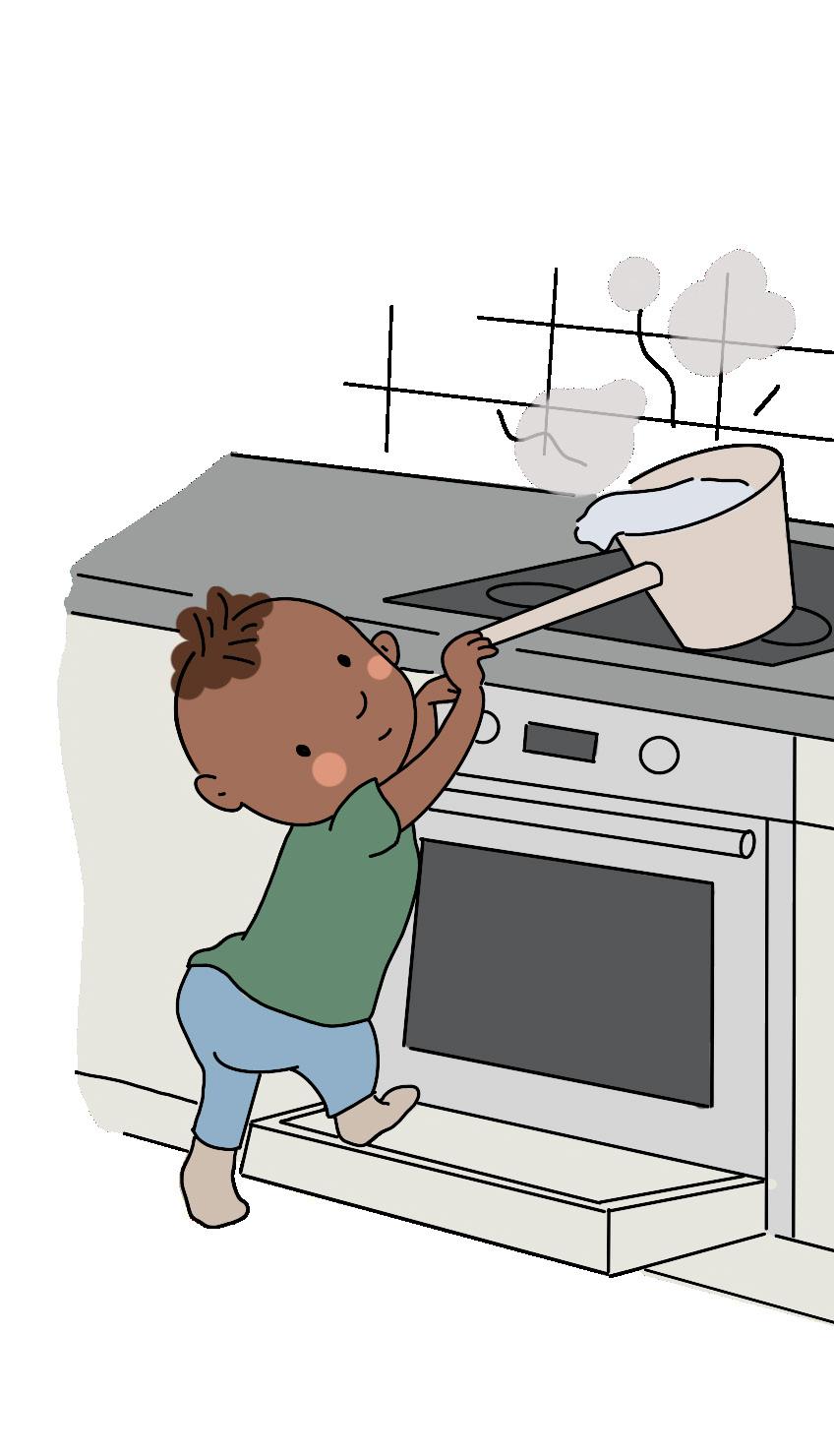
Scalding hot bath water can cause serious burns in young children.
During bath time, make sure you stay with your children at all times, and check beforehand whether the water is not too warm. Thermostat faucets do not give you any kind of assurance. When you are in the habit of assuming that the faucet is in the right position, a small change (such as one made while cleaning the bathroom) can have serious consequences.
TIP! Test the bath water using a bath thermometer or your elbow.
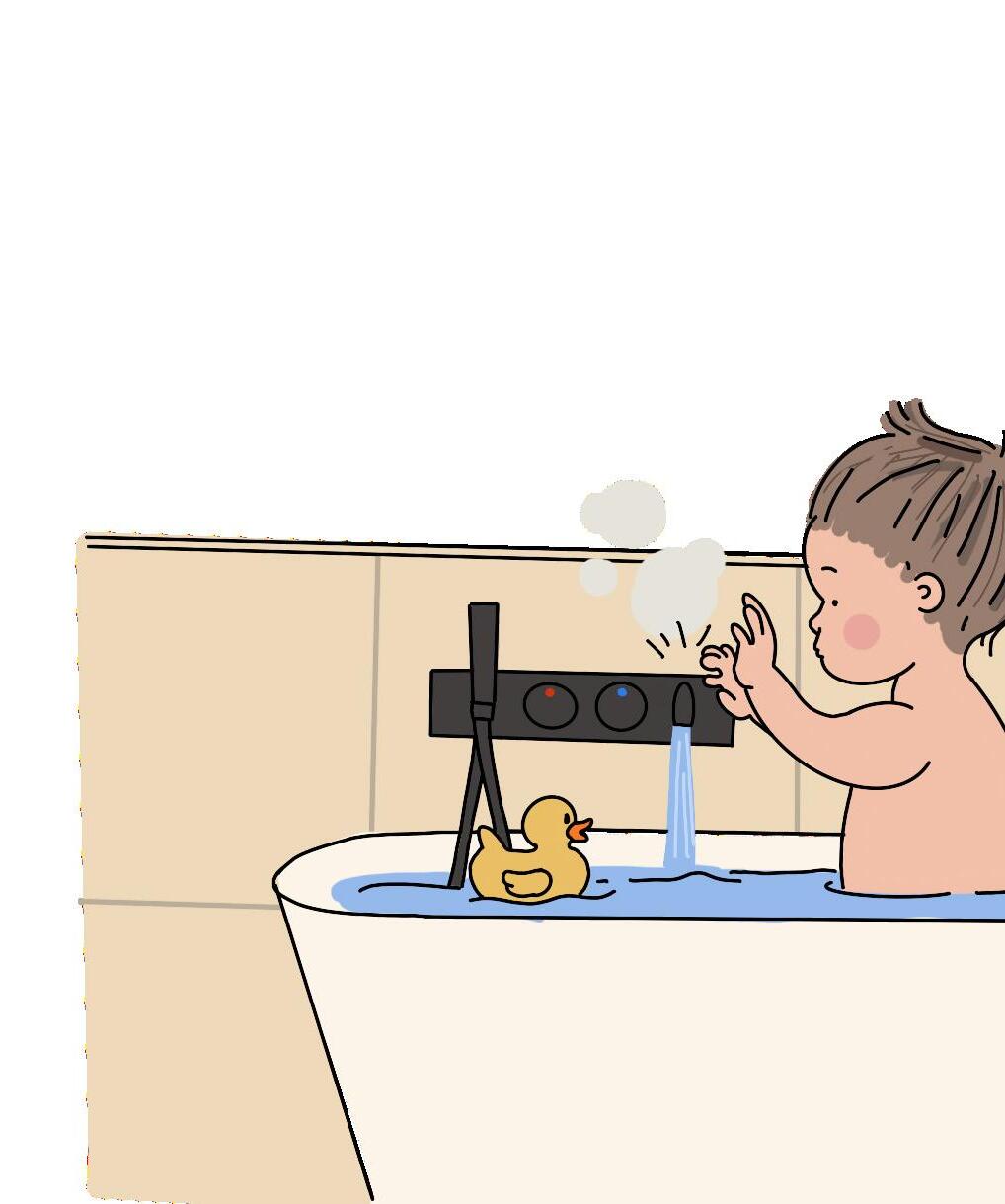
Tea time? Always put the pot and cups of hot tea out of your child’s reach. Young children will typically grab anything they can get their hands on. That’s why a teapot or cup on a low table can be very dangerous!
TIP! Always put the teapot, coffee pot and cups or mugs out of your child’s reach.

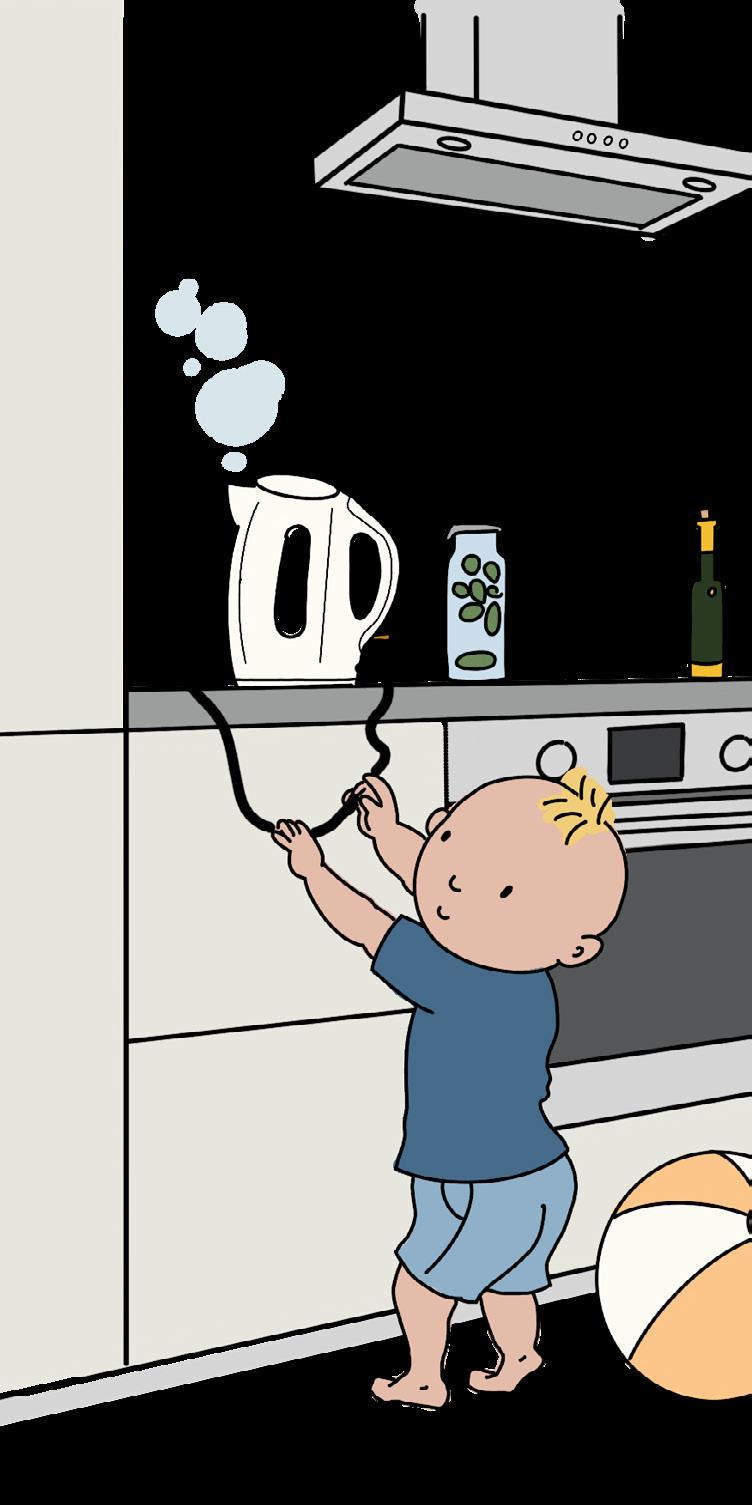
Many people use a kettle in their kitchen. Unfortunately, accidents do happen. How? Well, children can pull the cord and pull the kettle off the counter that way, splashing boiling water all over themselves. Horrible burn injuries are the result.
TIP! Put the kettle in a spot where your children cannot reach it.
If you have your child in your lap, do not drink hot tea, coffee or soup in the meantime. It takes only a moment of inattention for you to spill hot liquid on your child. Young children have thinner skin than adults, meaning that even a small cup of tea can cause severe burns.
TIP! Never drink hot tea, coffee or soup while you have your child in your lap.
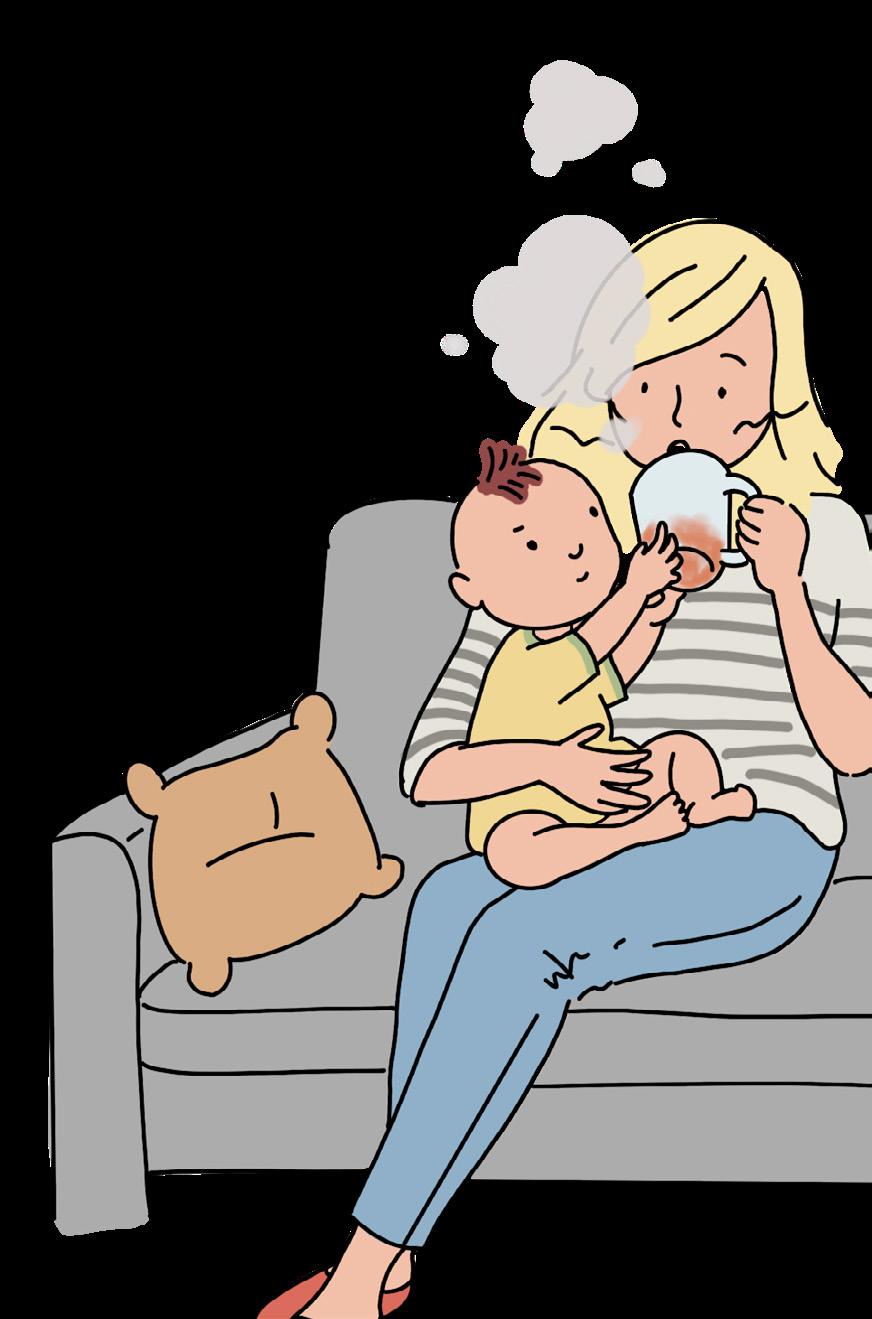
Cool the wound for 10 minutes using lukewarm, gently flowing tap water and remove clothing, any jewellery and their nappy as soon as possible!
Prevent the child from developing hypothermia by only cooling the wound.
After cooling, cover the wound with clingfilm, a sterile bandage or a clean cloth.
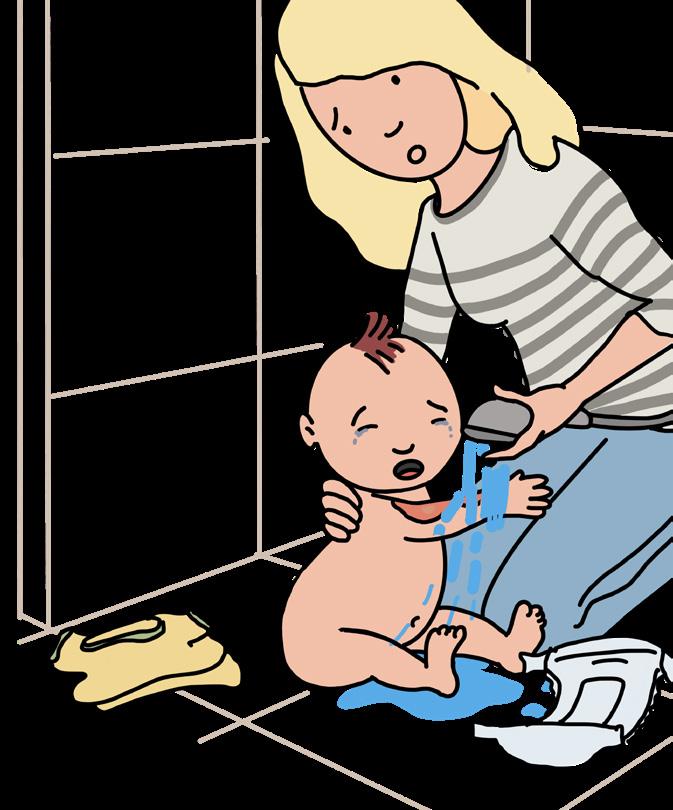
Do not put any products on the wound. Keep the victim warm by wrapping them in a blanket.
Notify a doctor in the event that blisters occur, if there is an open wound, or if the wound was caused by an electrical device or chemical substance.
Transport the victim in an upright position.